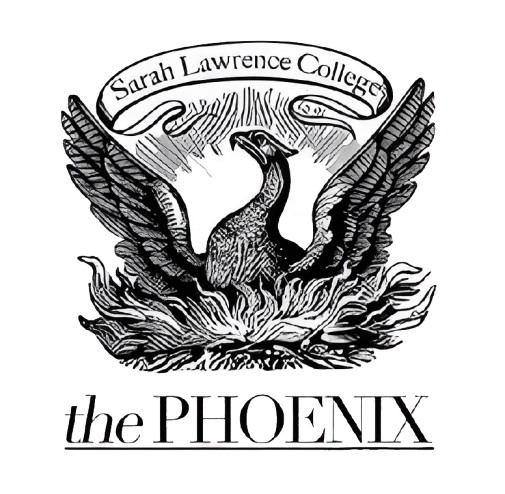Sarah Lawrence Addresses Retention Rates
Westlands, the main administrative building of SLC. Credit: Zoe Patterson
During the Student Senate meeting on Oct. 19, Dean of Studies and Student Life Danny Trujillo spoke about student rates of retention. Trujillo discussed the common factors in determining Sarah Lawrence’s annual retention rates, as well as Senate’s role in tackling the issue of retention.
Retention rates are determined by the percentage of students who remain at the College from their first year to the fall of their sophomore year. Thus, “retention” is a term used only for the first year to sophomore transition -- whether or not a student stays at the College after the fall of their sophomore year is known as “persistence”. Retention includes both students who withdraw or transfer from the College and students who take a leave of absence, medical leave, or are suspended.
The class of 2019 had a retention rate of 89% in the fall of 2016. 7% of those students who left withdrew from Sarah Lawrence and 4% went on a leave of absence, medical leave, or were suspended. The class of 2020 , however, had a retention rate of 82%, with 8% of departing students withdrawing and 10% going on some form of temporary leave. In terms of Sarah Lawrence’s total population, one percentage point equals three students.
Dean Trujillo identifies three primary reasons students have for withdrawing from Sarah Lawrence: financial, the “pathway” factor and social life. Financial encompasses a student’s ability to afford tuition and other expenses at the College. The “pathway” factor is twofold; it involves the academic pathway (i.e. whether a student feels that Sarah Lawrence’s academic system accommodates their educational goals), and the professional pathway (i.e. whether a student feels that Sarah Lawrence will provide them with the tools to achieve their professional goals). The social factor includes how well a student feels they fit into the SLC community and the quality of their relationships with peers.
Sarah Lawrence has been implementing various strategies to keep retention rates high and thus improve the overall quality of life for students. This includes programs crafted by the resident advisors to foster social connections, resources and events provided by Career Services (such as the FYS career advisory program and class-year specific events), the peer mentor program and distribution of student housing (i.e. having a mixture of both first-years and upperclassmen on both main campus and in Hill House).
Trujillo said, “The first six weeks of a first-year’s college experience are the most critical because typically, if a student gets connected, if a student finds satisfaction in the academic program and they feel like they’re getting to have opportunities here professionally by the end of the first six weeks, then they typically stay,”Trujillo said. Thus, many of these strategies are heavily emphasized in the first six weeks of the fall semester, because that is the period of time most critical in terms of retention.
While rates of withdrawing students have stayed fairly consistent, the rate of students on temporary leave has increased over the past year by six percentage points. In terms of medical leave, Trujillo explains, “it’s not necessarily reducing, quote unquote, reducing medical leaves, because if someone needs to take that space and take care of themselves medically we want to support that, and we also want to support their transition back to the College to make sure that they can get back on track in a positive way”. Most students who go on temporary leave during the fall of what would have been their sophomore year eventually end up returning to Sarah Lawrence.
The issue of retention involves not only students who leave or considering leaving Sarah Lawrence. Trujillo emphasized that “when we talk about social climate, it’s really about how do we improve the experience of all students.” Efforts to improve retention do not only convince students to stay at SLC, but also improve the overall SLC experience for the entire student body.
Zoe Patterson '20

